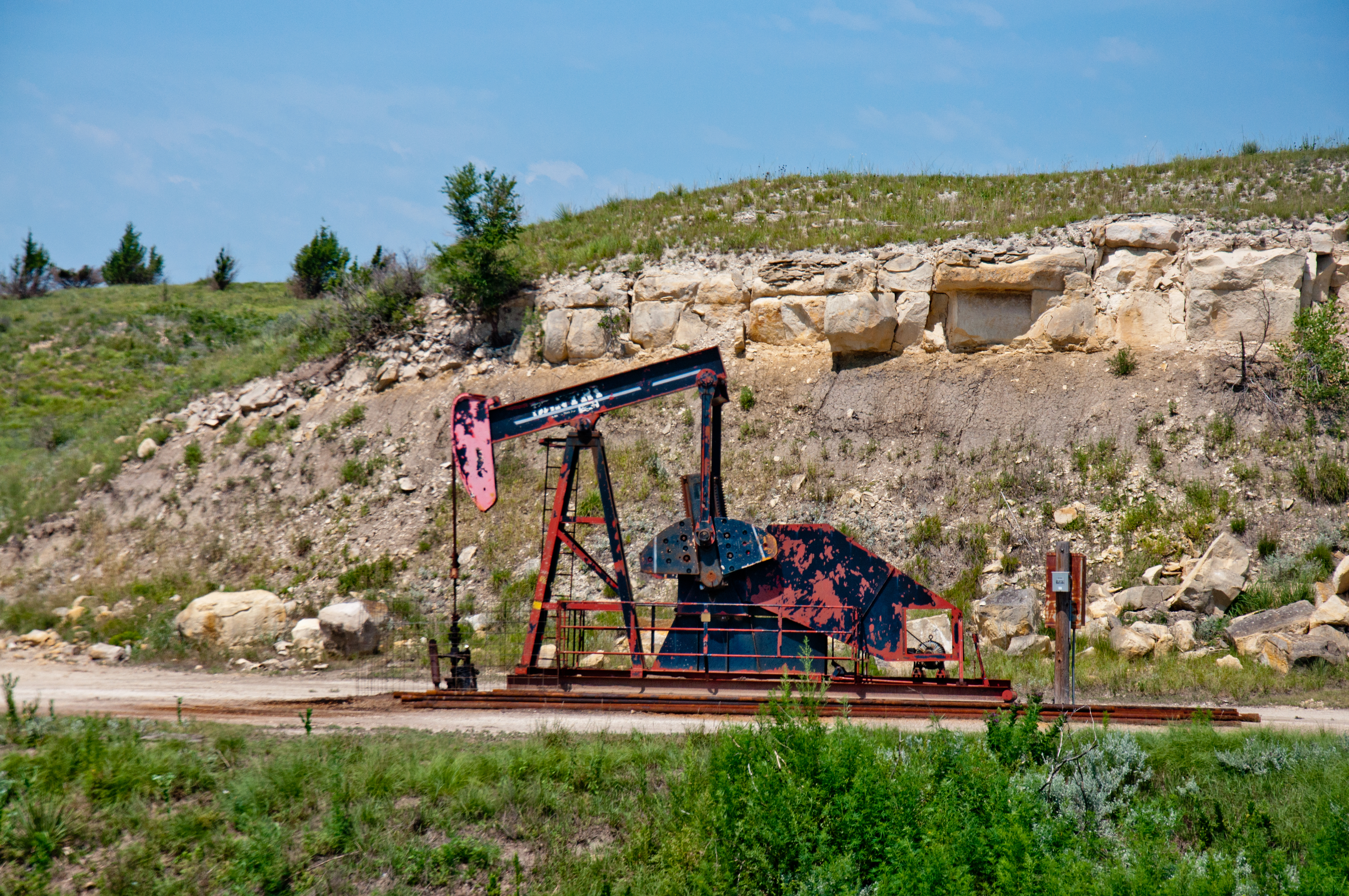By JOHN P. TRETBAR
Kansas crude-oil production last year dipped to its lowest level since 2005. Kansas producers pumped 2.75 million barrels in December for a yearly total of just 34.7 million barrels, according to the latest numbers from the Kansas Geological Survey. That’s down 1.1 million barrels from last year’s total, marking the third consecutive annual decline. A stark price plunge two years ago led to production declines across the country. Kansas has been slower than some other states in resuming the large production totals reported during times of higher prices.
Ellis County was the top crude oil producing county in Kansas last year with just over 2.6 million barrels. That’s the lowest total in the county in nearly twenty years. The 2018 total for Barton County was just shy of 1.7 million barrels. You have to go back to 2006 to find a lower annual total. We’ve seen steady production declines over the last several years in Russell and Stafford counties. Both counties dipped to the lowest annual total to be found in records published by the KGS dating back to 1970. Russell County operators produced just over 1.5 million barrels last year, while Stafford County added just over one million.
Baker Hughes reports a big drop in its weekly rotary rig count. The total nationwide was 1,006, which is down eight oil rigs and two seeking natural gas. The count in Texas was down one, Colorado was down four, Alaska dropped by three and California was down two rigs. Canada reported 88 active rigs, which is down 17.
Independent Oil & Gas Service reported a slight dip in the rig count in Kansas. The total east of Wichita was unchanged at four. There were 24 rigs in Western Kansas that were relocating, moving in, rigging up or drilling. That’s down two for the week. Independent reported 134 stacked rigs, up three from the week before.
Operators filed 24 permits for drilling at new locations across Kansas last week, 195 so far this year. There were 12 in eastern Kansas and 12 west of Wichita.
Independent Oil & Gas Service reports 19 newly-completed wells for the week across the state, including one in Russell County and one in Stafford County. Out of 15 completions west of Wichita last week, five were dry holes. There were six completions in eastern Kansas.
The U.S. Energy Information Administration last week reported an increase in domestic crude oil inventories of 2.8 million barrels. At 442.3 million barrels, stockpiles are about 2% below the five year average for this time of year.
The government reported another record for U.S. crude oil production for the week. The total is approximately 12.089 million barrels per day, an increase of about five thousand barrels per day from last week’s record, and one point six million barrels per day more than last year at this time.
Imports averaged six point five million barrels per day last week, down by 392,000 barrels per day from the previous week. EIA reports that over the past four weeks, imports averaged about 6.8 million barrels per day, 11.7% less than the same four-week period last year.
A House panel in Florida gave its okay to a ban on two forms of hydraulic fracturing on Tuesday, but the bill would continue to allow a completion process known as matrix acidizing. Only New York, Vermont and Maryland have enacted total bans on fracking, which uses high-pressure liquids to create cracks in underground rock, allowing pockets of oil and gas to flow freely. Most oil and natural gas in Florida is produced in the northwest and southern parts of the state. Production peaked at 47 million barrels in 1978 but has since dropped to 2 million barrels in 2017, according to a Senate staff analysis. As of last year, there were 57 active wells in the state.
As lawmakers in Colorado contemplate new regulations on the oil and gas industry, the industry is fighting back with some impressive numbers. According to a new trade group report, in 2017 the Colorado patch and its employees paid almost $1 billion in state and local taxes, employed about 30,000 people, created about 51,000 additional jobs, and added about thirteen point five billion dollars ($13.5 billion) to Colorado’s gross domestic product.
The oil and gas industry in Texas posted more than 15-thousand new job listings last year, according to another trade group report. The Texas Independent Producers and Royalty Owners Association reported crude extraction led the way with nearly four-thousand new help-wanted ads in 2018. Houston posted the most new open positions, followed by Midland and San Antonio.

